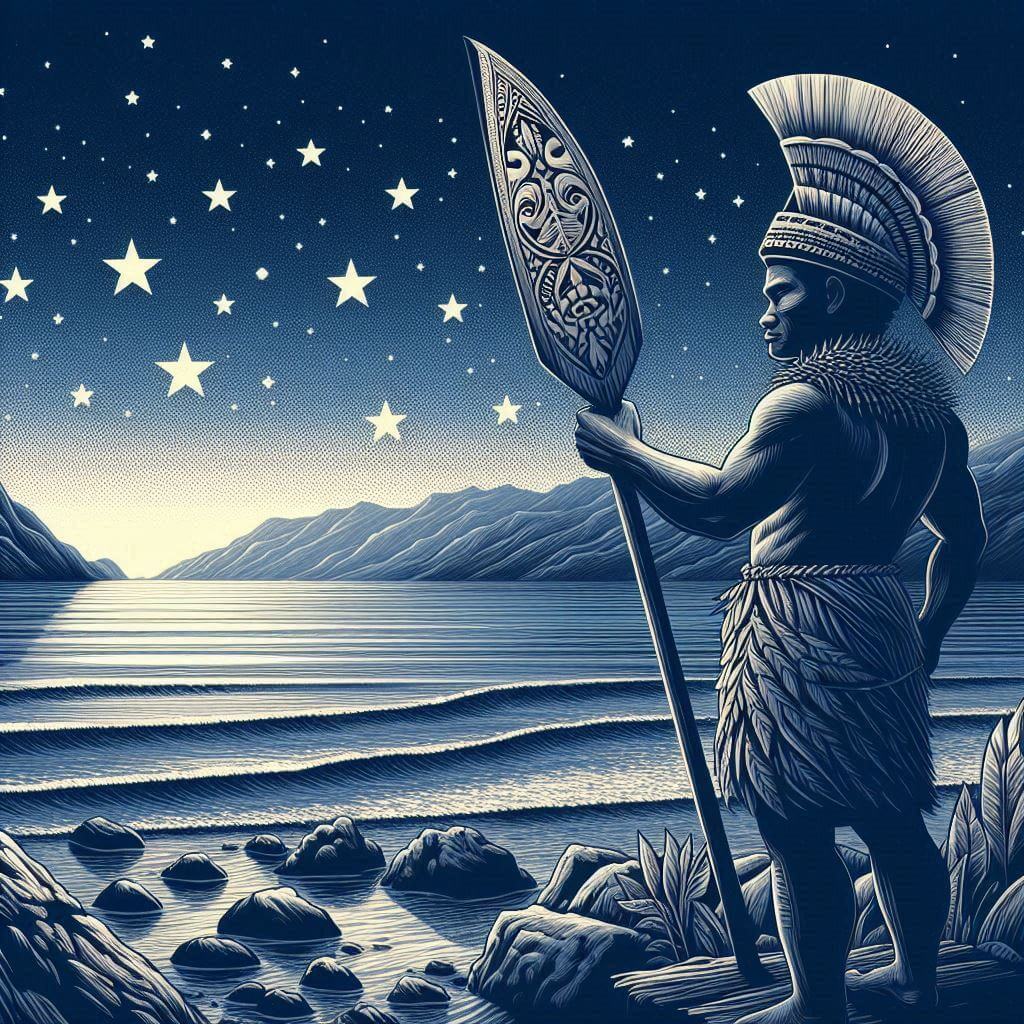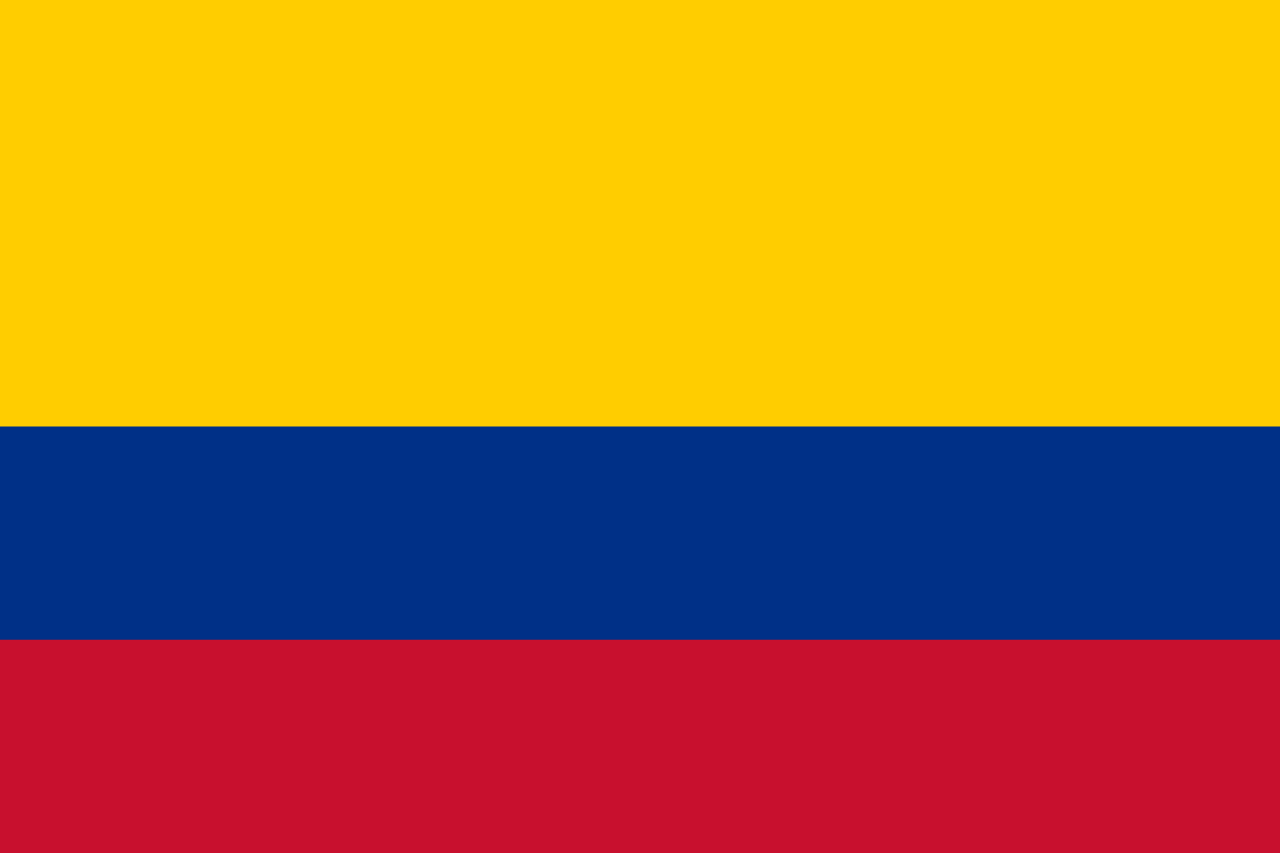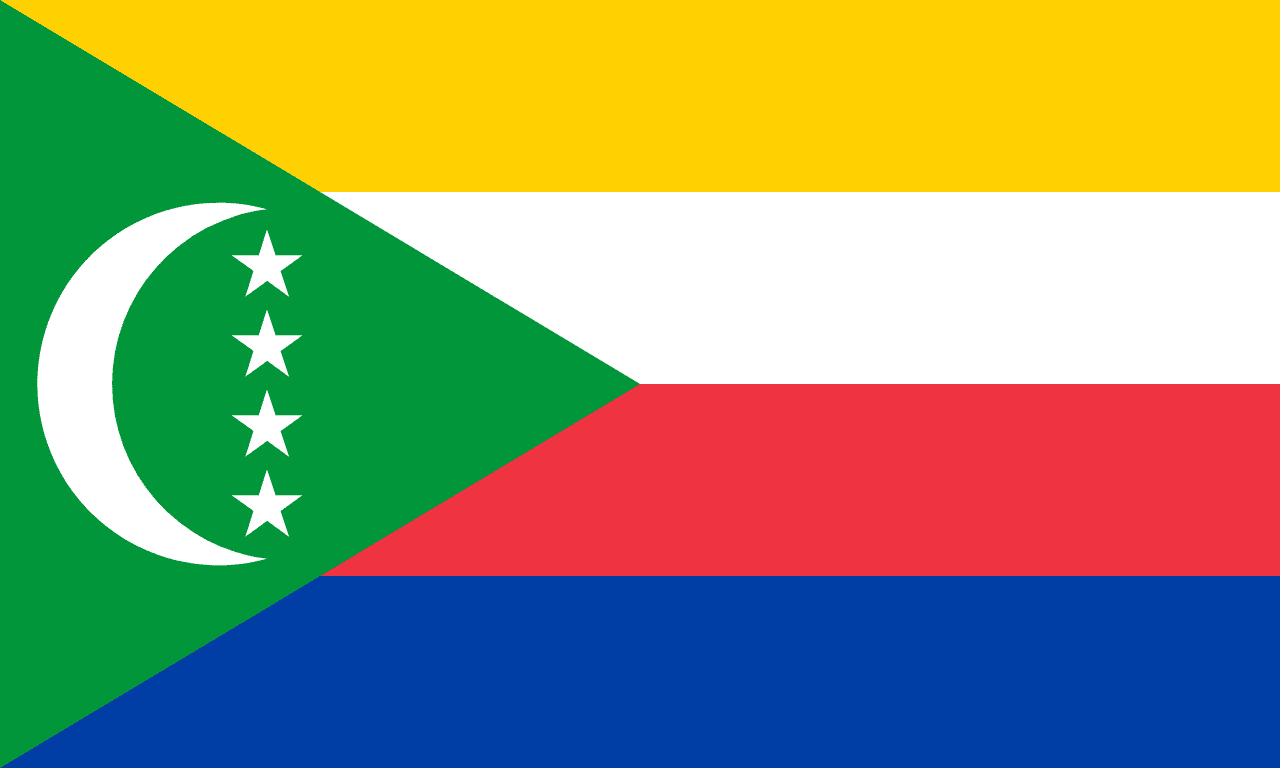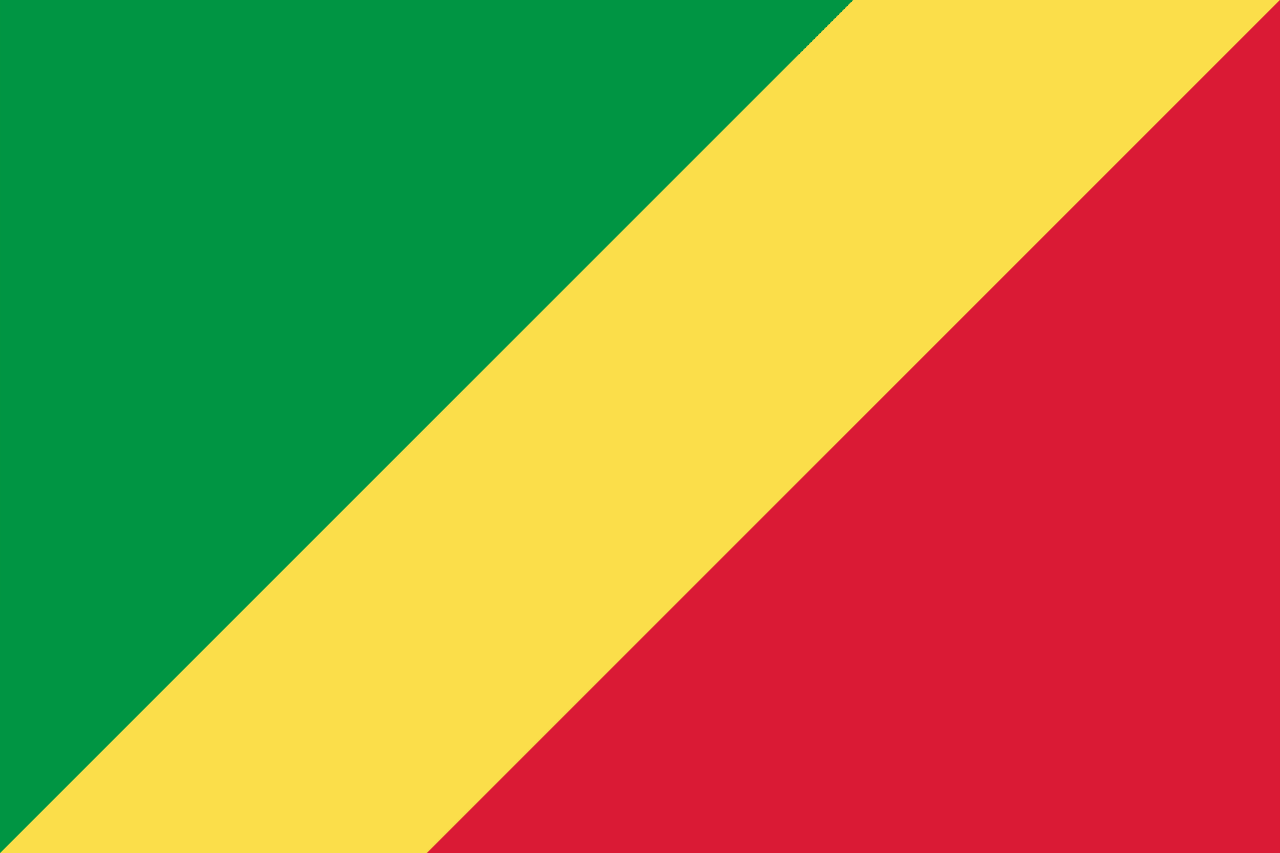The flag of the Cook Islands is a Blue Ensign featuring the Union Jack in the canton and a ring of 15 white stars in the fly. This design reflects the islands' historical ties to the United Kingdom and New Zealand, while also representing its unique identity as a self-governing island nation.
Cook Islands information
| National Flag Day | August 4 |
| Sovereign state | Self-governing in free association with New Zealand |
| Official name | Cook Islands |
| Capital | Avarua |
| Population | 17,564 |
| Area | 236 km² |
| Currency | New Zealand dollar (NZD) |
| Language | English, Māori, Cook Islands Māori |
| Continent | Oceania |
| Region | Polynesia |
| Subregion | South Pacific |
| Borders | — |
| Timezone | Cook Islands Time (CKT) UTC-10 |
| Calling code | +682 |
| Top-level domain | .ck |
History of the Cook Islands flag
 The current flag of the Cook Islands was officially adopted on August 4, 1979. Prior to this, the islands used the New Zealand flag, reflecting their status as a New Zealand territory. The adoption of a distinct flag marked an important step in the Cook Islands' journey towards greater autonomy and self-governance.
The current flag of the Cook Islands was officially adopted on August 4, 1979. Prior to this, the islands used the New Zealand flag, reflecting their status as a New Zealand territory. The adoption of a distinct flag marked an important step in the Cook Islands' journey towards greater autonomy and self-governance.
The flag's design was the result of a local competition, with the winning entry submitted by a fifteen-year-old student named Len Staite. This process of local involvement in creating the national symbol underscores the importance of the flag to Cook Islanders' sense of identity and pride.
Symbolism and design of the Cook Islands flag
The design of the Cook Islands flag is laden with historical significance and symbolism:
- Blue Ensign: The blue background is a nod to the Pacific Ocean that surrounds the islands and plays a crucial role in Cook Islands culture and economy.
- Union Jack: The presence of the Union Jack in the canton reflects the period of British colonial influence in the Cook Islands and its continued ties to the Commonwealth. It also acknowledges the islands' special relationship with New Zealand, which uses a similar design.
- 15 Stars: The 15 white stars arranged in a circle on the blue field symbolize the 15 islands that constitute the Cook Islands archipelago. They represent unity among the islands and their people. The stars are five-pointed and oriented with one point facing outward from the center of the circle, symbolizing the radiating influence of the Cook Islands.
The flag's design strikes a balance between acknowledging the Cook Islands' historical ties and asserting its unique identity as a self-governing nation in free association with New Zealand.
Usage and significance of the Cook Islands flag
 The Cook Islands flag is an important symbol of national identity and is used in various contexts:
The Cook Islands flag is an important symbol of national identity and is used in various contexts:
- Government buildings and official ceremonies
- Constitution Day celebrations (August 4)
- International events and diplomatic missions
- Tourism promotion and cultural events
- Sporting events where Cook Islanders compete
The flag serves as a unifying symbol for Cook Islanders, both at home and abroad, representing their unique culture and identity within the broader Pacific community.
Interesting facts about the Cook Islands flag
- The Cook Islands flag is based on the British Blue Ensign design, adapted to reflect local identity and ties to New Zealand, similar to other Pacific nations like Fiji and Tuvalu.
- The circular arrangement of stars is unique among flags and symbolizes the cohesive spirit and unity of the Cook Islands' multi-island nation.
- Despite the Cook Islands' free association with New Zealand, it competes separately in many international sporting events, including the Commonwealth Games, where its flag is proudly displayed.
- The flag's design allows for easy identification of the Cook Islands as distinct from New Zealand, despite their close political relationship.
- In maritime signal flags, the Cook Islands flag pattern doesn't have a specific meaning, but its blue background with white stars is reminiscent of the "P" flag, which means "All persons should report on board as the vessel is about to proceed to sea."





